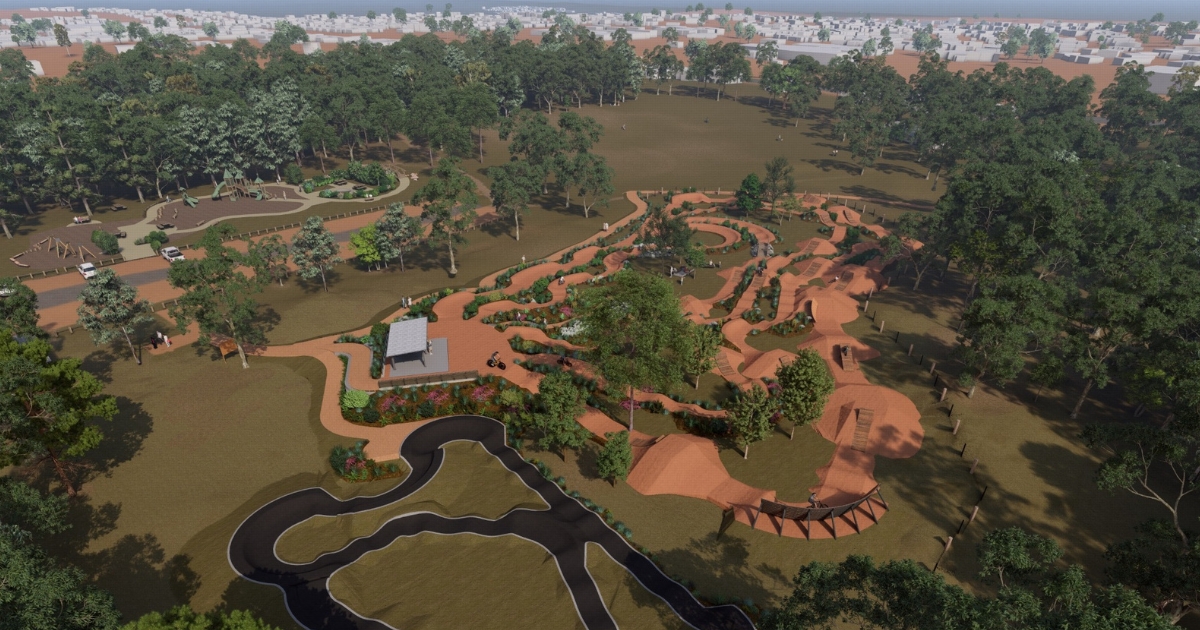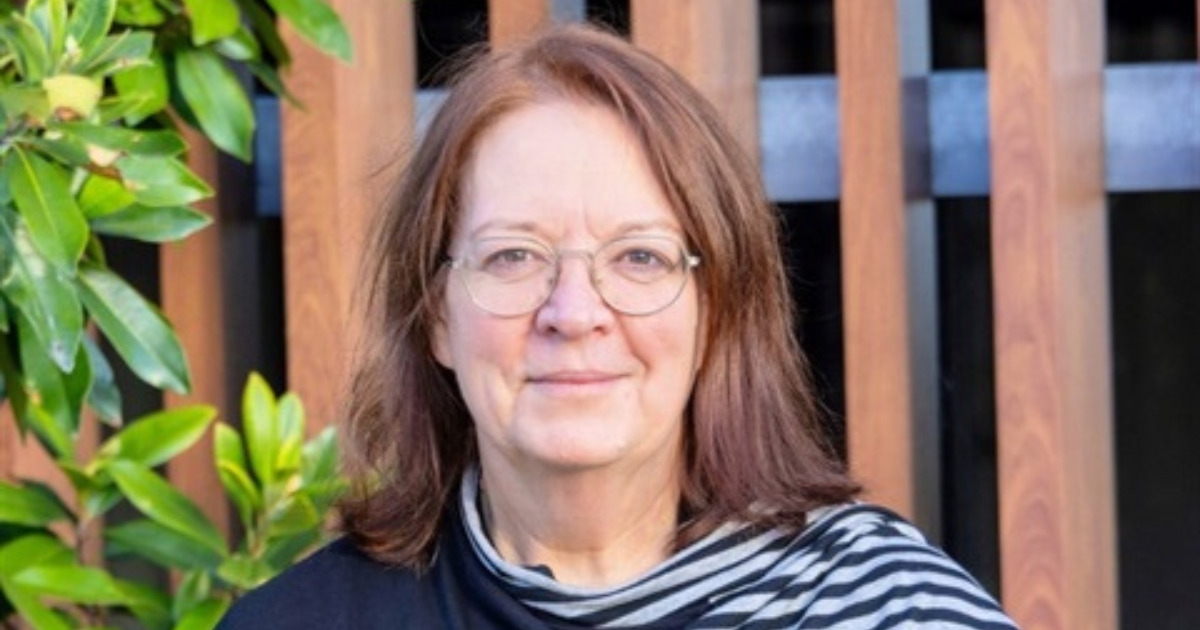Restored shellfish reefs bring hope for a better bay

A project to restore the lost shellfish reefs of Port Phillip has been up and running for more than three years now. Photo: TONY JUPP
AS part of the Port Phillip reef restoration project in Victoria, The Nature Conservancy is building 500 square metres of mussel reefs in Corio Bay.
The project will be placing 55 tonnes of limestone rubble and 13.75 tonnes of recycled shells onto the sea floor as reef base.
The shells are part of the award-winning Shuck Don’t Chuck shell recycling program, sourced from restaurants such as Little Creatures in Geelong.
In mid-July, The Nature Conservancy will be back to cover that base, along with Margaret’s Reef off St Kilda that was built in November last year, with 11 tonnes of live mussels grown by a local farmer.
“Our project to restore the lost shellfish reefs of Port Phillip has been up and running for more than three years now,” marine restoration coordinator at The Nature Conservancy Simon Branigan said.
“The momentum behind restoring the shellfish reefs that once dominated up to half of Port Phillip’s seafloor, continues to build and it’s great to be leading that push,” he said.
Four oyster reefs at Wilson Spit in Corio Bay and Margaret’s Reef in Hobsons Bay have already been restored, totalling 1,150 square metres over a total footprint of one hectare.
Two million hatchery reared oysters have been used to seed these new reefs, which are encouraging back other species like snapper, goatfish, flathead, red swimmer crab, banded and shovelnose stingarees, and seahorses.
“By working with partners like the Victorian Government and the Albert Park Yachting and Angling Club to bring back the reefs that were historically overexploited, we’re also bringing back their benefits like cleaner water and greater marine biodiversity including more fish for recreational anglers,” Mr Branigan said.
GeelongPort has provided The Nature Conservancy with facilities to support their operations to load limestone and recycled shells onto their vessel to transport to Wilson Spit to form a reef base.
“It has been a wonderful opportunity for GeelongPort to be involved in the supply chain process,” GeelongPort GM of operations Adam Gordon said.
“GeelongPort facilities provide the ability to support the reef restoration project and will continue to support as the project develops.”

















